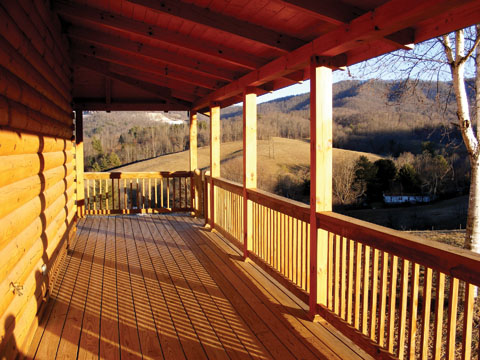
Minimizing Maintenance for Your Retirement Years
A beautiful log home—it’s a great dream for anybody to have for their retirement years. Now imagine if that home required zero maintenance: No painting, no toilet repair, no worries … talk about a beautiful dream!
Of course, a home that doesn’t require any maintenance really is a dream. But what you can do is take steps during the planning process for your log home that will minimize maintenance in the long term. And that’s a dream that everybody can live with.
To help us come up
